Comments
- No comments found

Surveillance has come a long way from the watchful eyes of security guards to the all-seeing lenses of today's cameras.
The advent of machine learning, particularly in the field of computer vision, has transformed surveillance into a sophisticated and proactive tool for security, privacy, and public safety. In this article, we will delve into the world of machine learning in surveillance, exploring its applications, challenges, and the ethical considerations surrounding this powerful technology.
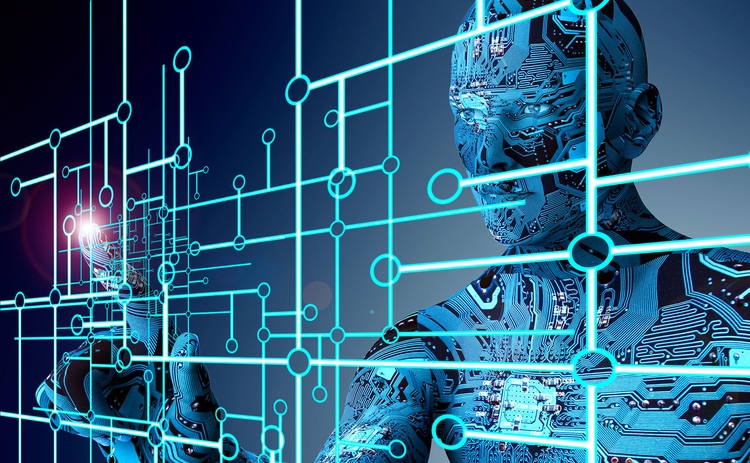
Machine learning has supercharged surveillance through computer vision, a branch of artificial intelligence that enables computers to interpret and understand visual information from the world. With the ability to process vast amounts of video data in real-time, machine learning algorithms have enabled surveillance systems to detect, analyze, and respond to a wide range of events and activities.
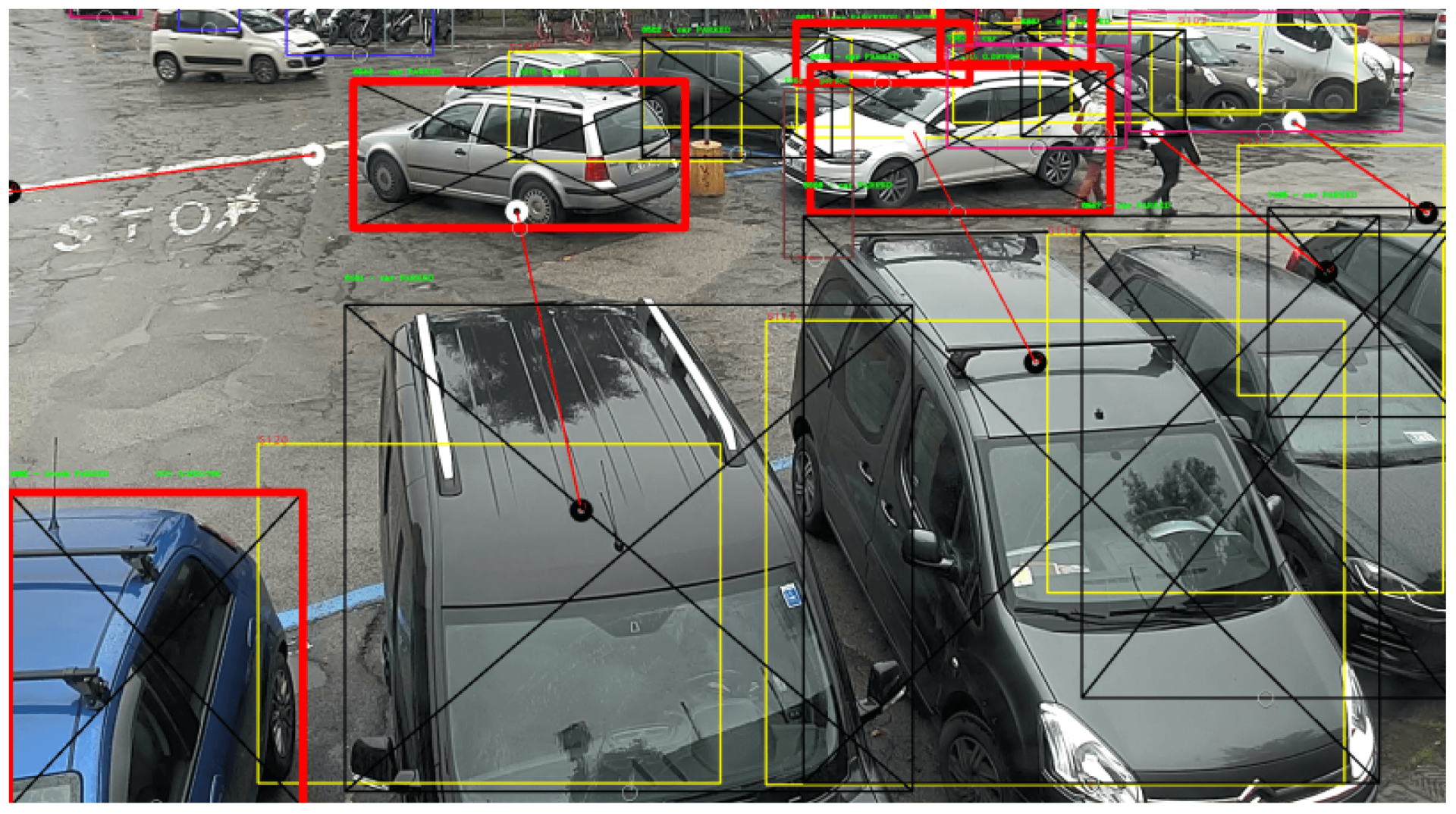
Object Recognition: Machine learning models can identify and track objects or individuals in real-time. This is invaluable in crowded areas, transportation hubs, and retail settings for monitoring and security purposes.
Anomaly Detection: Machine learning algorithms can learn normal behavior patterns and detect anomalies that may indicate suspicious or criminal activity. This is crucial in identifying potential security threats.
Facial Recognition: Facial recognition technology, powered by machine learning, allows for the identification of individuals even in large crowds. It has applications in law enforcement, border control, and access control.
Behavior Analysis: Machine learning can analyze behavior patterns, such as loitering, sudden movements, or unusual gestures, to predict potential threats and trigger appropriate responses.
Predictive Policing: Machine learning can assist law enforcement agencies in predicting crime hotspots and deploying resources effectively to prevent criminal activity.
Traffic Management: Surveillance cameras equipped with machine learning can monitor traffic flow, detect accidents, and optimize traffic signals, contributing to safer and more efficient transportation systems.
While the integration of machine learning in surveillance offers numerous benefits, it also presents several challenges:
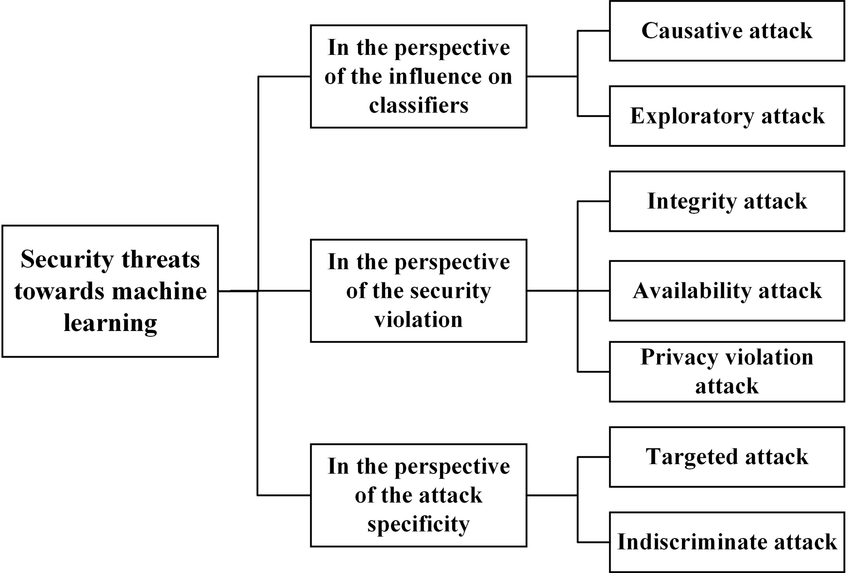
Privacy Concerns: The widespread use of facial recognition technology has sparked debates about individual privacy. Striking a balance between public safety and personal privacy remains a significant challenge.
Bias and Fairness: Machine learning models can inherit biases present in the training data, leading to discriminatory outcomes, particularly in facial recognition. Ensuring fairness and equity in surveillance systems is an ongoing concern.
Data Security: Surveillance systems generate vast amounts of data. Protecting this data from cyber threats is critical to prevent unauthorized access and misuse.
Regulation and Oversight: The regulatory landscape for machine learning surveillance is still evolving. Governments and organizations must establish clear guidelines and oversight mechanisms to ensure responsible use.
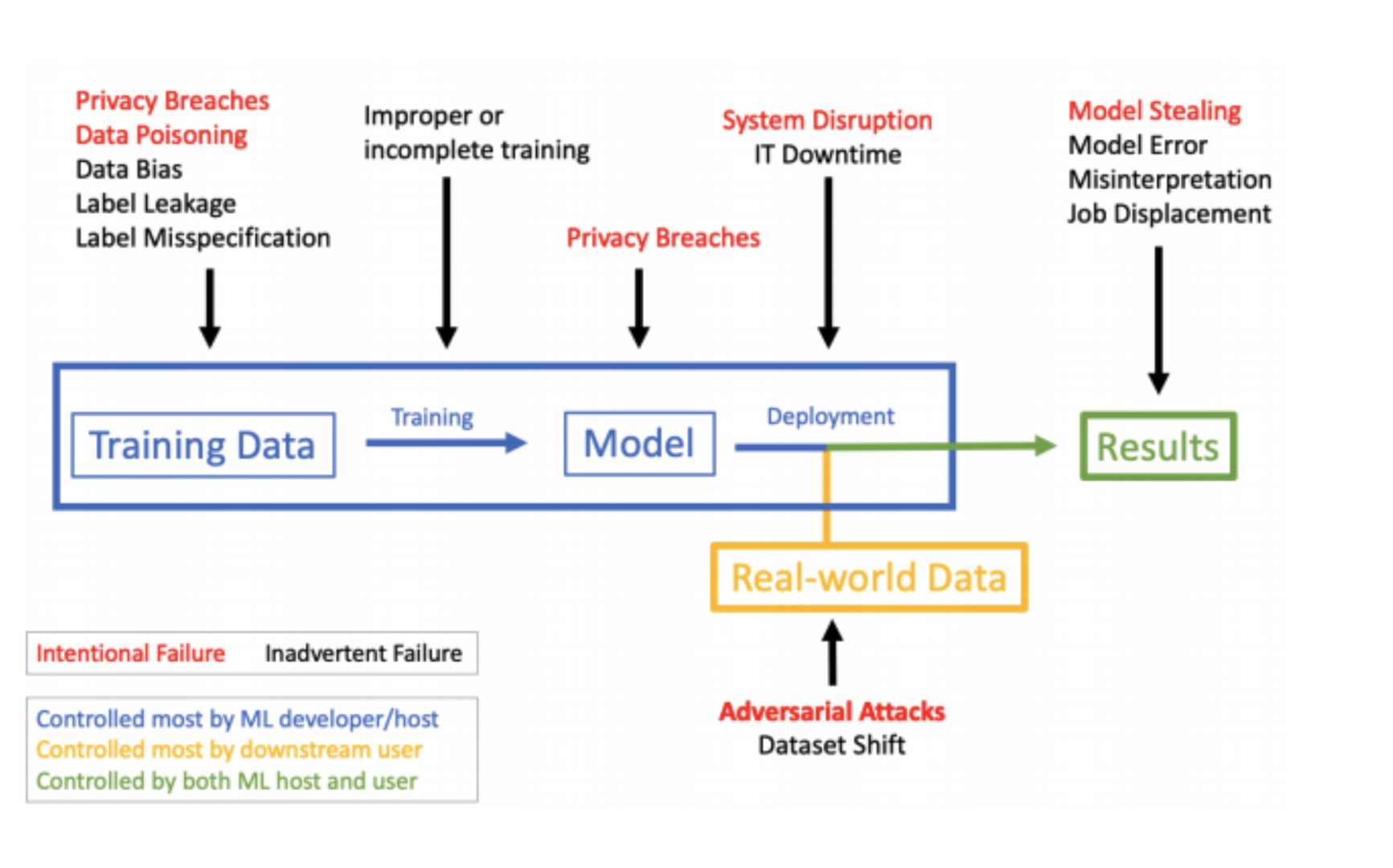
The ethical implications of machine learning in surveillance cannot be overstated. Transparency, accountability, and fairness must be at the forefront of its implementation.
Transparency: The operation of surveillance systems should be transparent, and the public should be informed about their existence and purpose.
Accountability: Organizations and agencies deploying surveillance technology must be accountable for its use. Clear policies and mechanisms for addressing misuse or errors must be in place.
Fairness: Efforts should be made to mitigate biases in machine learning models, particularly in facial recognition, to ensure equitable treatment of all individuals.
Data Privacy: Strict data privacy measures must be implemented to protect the personal information captured by surveillance systems.
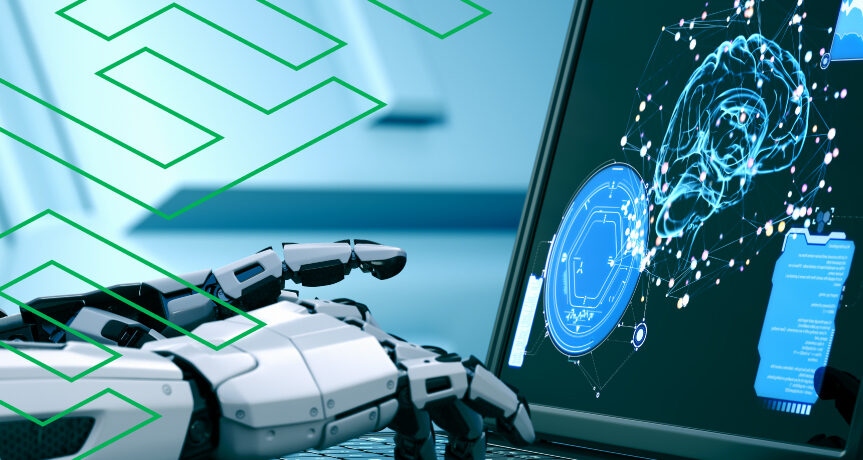
As machine learning continues to advance, the future of surveillance holds great promise:
Improved Accuracy: Machine learning algorithms will become even more accurate in recognizing and analyzing events and behaviors, reducing false positives and improving overall security.
Real-time Response: Surveillance systems will evolve to provide real-time responses to potential threats, enhancing public safety.
Edge Computing: The integration of machine learning models at the edge (i.e., within cameras) will reduce latency and enable faster decision-making.
Privacy-Preserving Technologies: Researchers are actively exploring privacy-preserving machine learning techniques to address privacy concerns while still benefiting from surveillance capabilities.
Machine learning has revolutionized surveillance, turning it into a proactive and effective tool for public safety and security. However, the ethical considerations and challenges surrounding its use are complex and require careful navigation. Striking the right balance between technological advancement and individual rights is crucial as we continue to embrace the capabilities of machine learning in the world of surveillance. With responsible implementation, machine learning can help build safer and more secure communities without compromising our fundamental values of privacy and fairness.
Leave your comments
Post comment as a guest